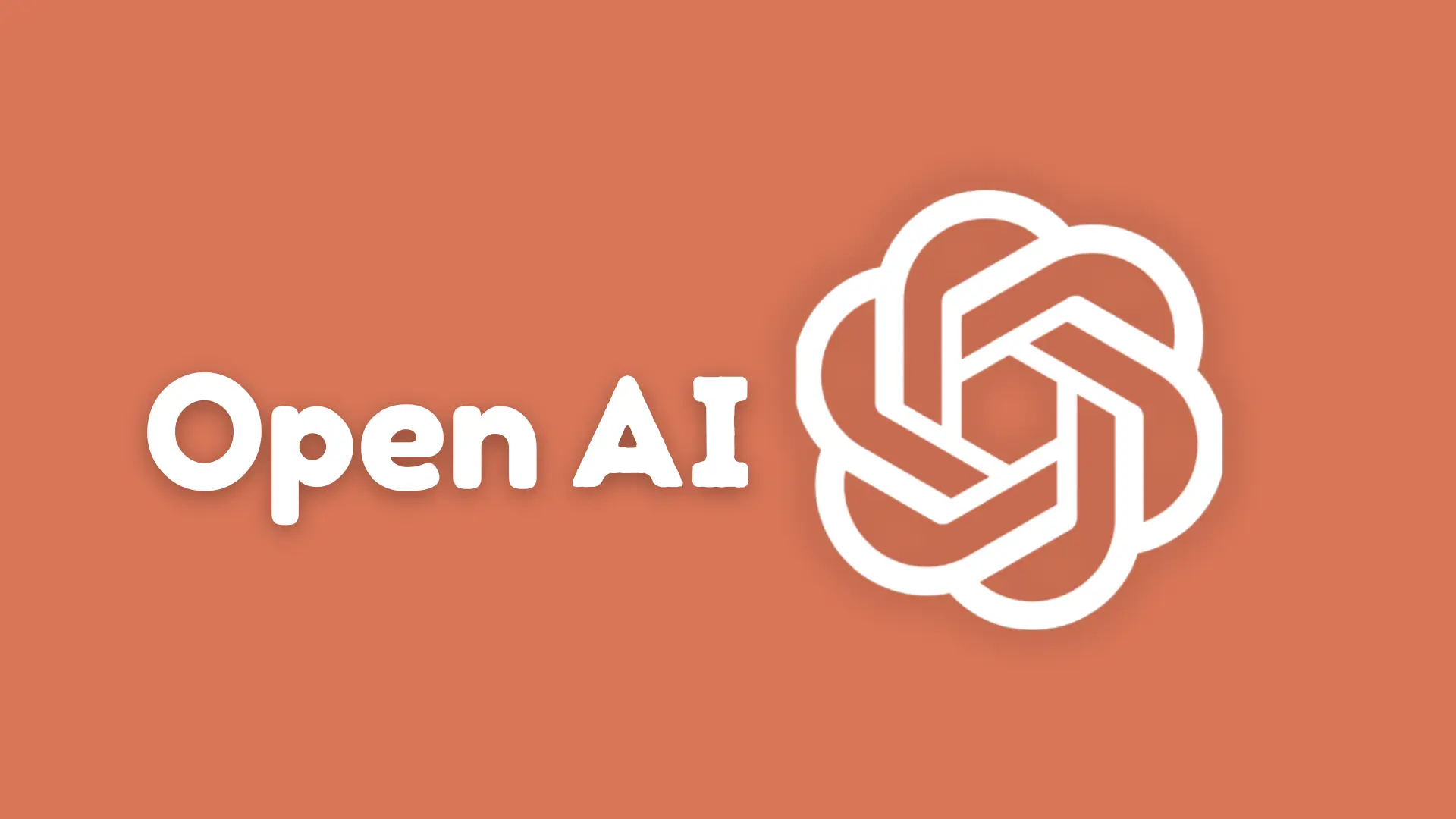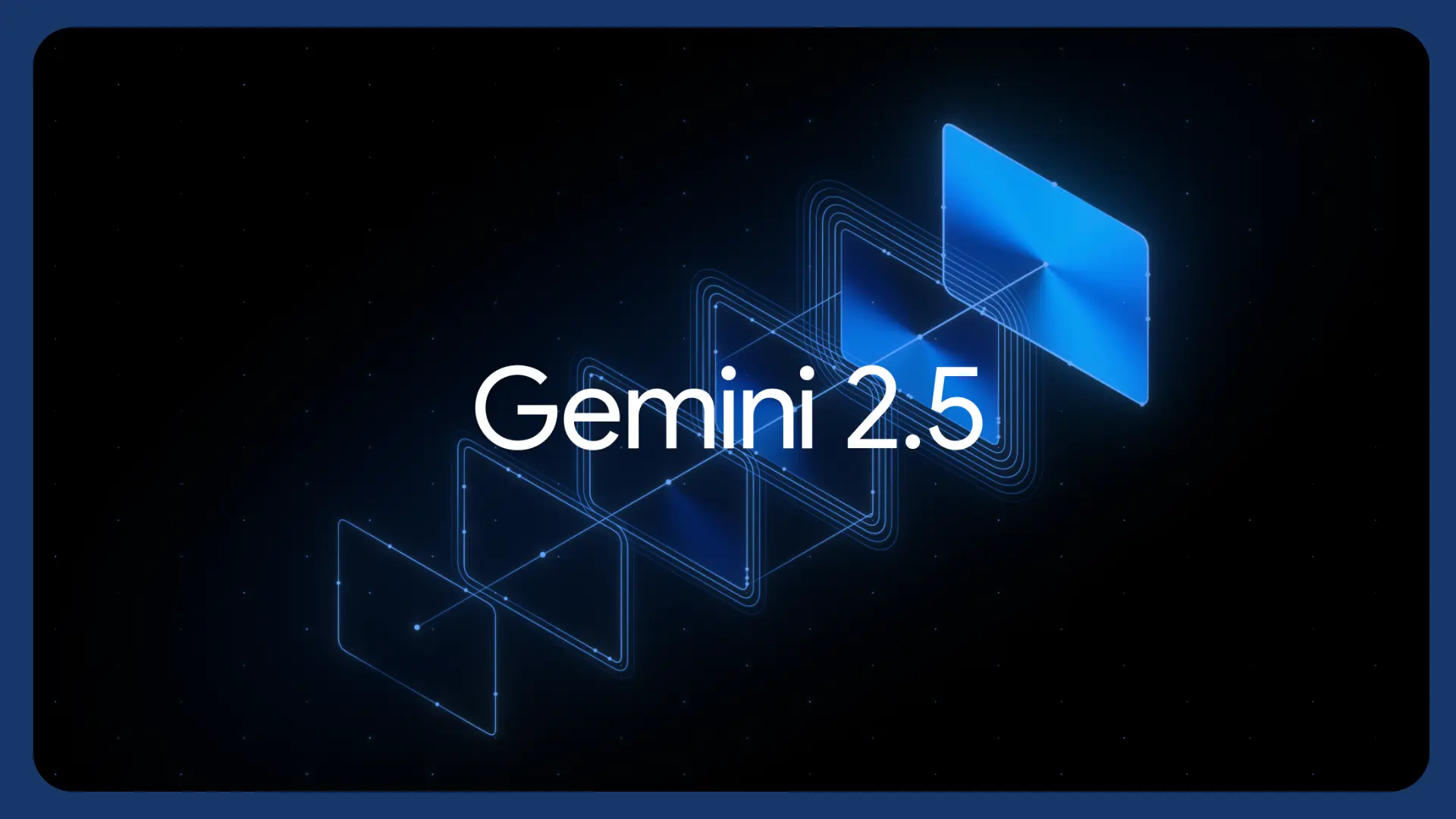Anthropic Claude 4 (Opus 4 & Sonnet 4) – the latest AI coding tools and intelligent agents. Learn about their strengths, coding benchmarks (SWE-bench, Terminal-bench), developer integrations, and how they rank among the top AI models of 2025 like ChatGPT-4.1 and Gemini 2.5 Pro.

Queries Answered in This Article
- What is Anthropic Claude 4 and its model family?
- What improvements do Opus 4 and Sonnet 4 bring?
- How do Claude 4 models perform on coding benchmarks like SWE-bench?
- How do Claude 4 models compare to ChatGPT 4.1, Gemini 2.5 Pro, and DeepSeek?
- What coding tools and developer integrations support Claude 4?
- What are the pricing and availability of Claude 4 models?
Table of Contents
Overview of Claude 4 Model Family
Anthropic Claude 4 represents the next generation of its AI assistant models. It includes two variants: Claude Opus 4 and Claude Sonnet 4.
These are hybrid reasoning models that offer dual modes: fast, near-instant answers and deeper “extended thinking” for multi-step reasoning.
Opus 4 is Anthropic’s most powerful model to date, described as “the world’s best coding model” with sustained performance on very long workflows.
Sonnet 4 is a major upgrade over Claude Sonnet 3.7: it delivers frontier coding and reasoning performance in a model that is more efficient and widely accessible.
Both models support an ultra-large 200K token context window, allowing them to handle very long prompts, codebases, and documents.
Both Opus 4 and Sonnet 4 can use tools (like web search) during “extended thinking,” maintain memory via local files, and follow instructions more precisely.
In practice, Anthropic positions Opus 4 as a frontier AI agent and coding model, ideal for complex problem-solving and long-running tasks.
Sonnet 4, while slightly less powerful, offers frontier performance for everyday use: it excels in coding, user-facing AI assistants, and high-volume tasks.
Notably, Sonnet 4 is available even to free-tier users on the Claude app, while Opus 4 requires paid plans.
Strengths and Role in Intelligent AI Agents
Anthropic Claude 4 models are built with intelligent agents in mind. They excel at chain-of-thought reasoning, tool usage, and long-horizon planning.
For example, Anthropic reports that Opus 4 “powers frontier AI agent products” and can run hours-long code refactoring or planning tasks with sustained focus.
Early customers describe Opus 4 as capable of solving challenges that earlier models miss, creating and using “memory files” for better long-term context.
Sonnet 4, meanwhile, shows dramatic improvements in following complex instructions and navigating codebases.
It is already slated to power the next generation of GitHub Copilot (agentic coding assistant) thanks to its strong performance in code planning and execution.
Under the hood, both models can switch into a “thinking” mode where they self-reflect and even introspect on their answers. This makes them adept at multi-step reasoning tasks.
Anthropic highlights that Claude 4 leads on benchmarks for agentic tool use (TAU-bench) and complex research tasks, reflecting their strength as AI agents.
In short, Opus 4 pushes the limits for advanced AI agents and coding work, while Sonnet 4 brings cutting-edge reasoning to typical user-facing AI assistants.
Coding Capabilities and Developer Tools
A key focus of Anthropic Claude 4 is coding assistance. Claude Opus 4 is touted as the state-of-the-art coding model, achieving top scores on code benchmarks and excelling at massive, multi-file coding projects.
For example, it leads the SWE-bench coding test at 72.5% accuracy and can work continuously through thousands of lines of code.
Sonnet 4 also excels in coding tasks (72.7% on SWE-bench) and brings higher precision in code edits and debugging.
In practice, Anthropic reports that Opus 4 dramatically boosts code quality during debugging, and Sonnet 4 has near-zero navigation errors in multi-file coding compared to 20% errors in prior models.
Anthropic provides rich developer tooling around Claude 4. The Claude Code toolset is now generally available: developers can run background coding tasks through GitHub Actions, and integrate Claude directly in editors like VS Code and JetBrains.
Claude will display edits directly in your code for pair-programming workflows. New API features include a code execution tool (allowing Claude to run code), a Files API, and caching of prompts.
These features let Anthropic Claude 4 actually use external tools and data, making it a more useful coding assistant. As one summary put it, developers can now “pair these tools with VS Code and JetBrains for seamless background execution, GitHub integration, and native code suggestions”.
In short, Claude 4 models not only write code but can be integrated deeply into developer workflows as intelligent partners.
Real-World Performance Benchmarks
Claude 4 sets new records on real-world benchmarks. On SWE-bench Verified (a suite of real software engineering tasks), Claude Opus 4 scores 72.5% accuracy and Sonnet 4 scores 72.7%.
These results dramatically outperform Claude Sonnet 3.7 (62.3%) and also outpace OpenAI’s GPT-4.1 (54.6%) and Google’s Gemini 2.5 Pro (63.2%) on the same benchmark.
(With extra parallel compute, both Opus 4 and Sonnet 4 can achieve ~80% on SWE-bench.) Opus 4 similarly leads the Terminal-bench (interactive coding) at 43.2%, far above previous Claude models.
For broader reasoning, Claude 4 is strong too. On MMLU (Multilingual Q&A), Opus 4 scores about 88.8% and Sonnet 4 about 86.5%, surpassing GPT-4.1’s 83.7%.
On graduate-level math (GPQA Diamond), Opus 4 is around 79.6%, Sonnet 4 75.4%. In multimodal reasoning, Claude 4 also performs well – though Google’s Gemini 2.5 Pro currently tops math/science tasks (GPQA, AIME).
Overall, Anthropic Claude 4 “delivers strong performance across coding, reasoning, multimodal capabilities, and agentic tasks”.
In practice, users report that Opus 4 handles multi-hour coding refactors or long planning sessions that no previous model could sustain, and Sonnet 4 reliably follows instructions in chat and code with higher fidelity.
These benchmarks and user reports confirm that Claude 4 models are among the best AI models of 2025 for coding and complex reasoning.
Comparison with Other Models
How does Anthropic Claude 4 stack up against its peers? In coding performance, Claude 4 is now at the top of the leaderboard.
For example, on SWE-bench, Claude Opus 4 (72.5%) slightly beats OpenAI’s o3 model (72.1%) and far exceeds GPT-4.1 (54.6%).
Sonnet 4 also matches or slightly exceeds these scores (72.7% vs o3’s 72.1%). This makes Claude 4 the new SOTA on software engineering tasks.
Compared to Claude Sonnet 3.7, Anthropic Claude 4 is a clear upgrade. Sonnet 4’s SWE-bench jump to 72.7% (from 62.3%) and its much better instruction-following means it outclasses Sonnet 3.7 on virtually every task.
It also still offers the efficiency that made Sonnet 3.7 attractive (same pricing and context window).
Against OpenAI’s offerings, Anthropic Claude 4 holds strong. OpenAI’s o3 model (released 2025) is described as their “most powerful reasoning model” and excels on many benchmarks.

It matches Claude on some reasoning benchmarks but still lags slightly in coding tasks. GPT-4.1 (ChatGPT 4.1) is very capable as a conversational assistant, but falls behind on complex coding benchmarks.
On price/performance, Claude Opus 4 and Sonnet 4 are competitively priced ($15/$75 and $3/$15 per million tokens).
Google’s Gemini 2.5 Pro is another top contender. Gemini 2.5 Pro is Google’s most advanced model and leads on math & science benchmarks.

It is also fully multimodal (text, code, images, audio, video). In coding, Gemini 2.5 Pro scores around 63.2% on SWE-bench.
So Anthropic Claude 4 remains ahead in software engineering tasks, while Gemini shines in math and complex reasoning.
One more competitor is DeepSeek V3, a large Chinese open-source LLM (685B parameters). Its makers claim significant coding and reasoning improvements, but public benchmarks are still emerging.
As of now, DeepSeek is competitive but not yet proven to surpass Claude 4’s coding leadership.
In summary, Claude Opus 4 and Sonnet 4 are at or near the top of 2025’s LLM field. They combine leading coding performance with versatile multimodal and agentic capabilities, making them among the best AI coding tools and models available.
Model Comparison Table
Notes: Benchmarks with “(high compute)” mean running with extra parallel resourcesCoding ability descriptions are qualitative. Pricing is per million tokens (input/output). Availability indicates where the model can be used.
Multimodal indicates whether the model can process text, code, and other inputs (all Claude and Gemini models support images; Gemini 2.5 Pro also supports audio/vide).
FAQ
What is Anthropic Claude 4?
Anthropic Claude 4 refers to Anthropic’s latest AI models: Claude Opus 4 and Claude Sonnet 4. Introduced in May 2025, they are hybrid reasoning large language models designed for advanced coding, reasoning, and AI agent tasks.
Opus 4 is the flagship (most powerful) model, while Sonnet 4 is a more efficient variant with wide availability.
How do Opus 4 and Sonnet 4 differ?
Opus 4 is optimized for heavy-duty tasks like days-long code refactors and multi-step planning. It leads on coding benchmarks (SWE-bench 72.5%) and can work for hours on end. Sonnet 4 is faster and more efficient for everyday tasks.
It still scores very high on coding (SWE-bench 72.7%) but is better suited for common chat and coding assistants. Both share a 200K token context and the ability to “think” step-by-step if needed.
What coding tools integrate with Anthropic Claude 4?
Anthropic offers Claude Code, a toolkit for developers. You can run Claude tasks via GitHub Actions and see its edits live in code editors like VS Code or JetBrains.
The API also supports a code-execution tool, file upload/download (Files API), and prompt caching.
These features let Anthropic Claude 4 use tools and data like a coding partner. For example, Opus 4 can now autonomously run long-running coding tasks in the background, greatly improving developer productivity.
How do Claude 4 models compare to ChatGPT and Gemini?
In coding and reasoning tests, Anthropic Claude 4 is generally at the top. On the SWE-bench coding benchmark, Claude Opus 4 (72.5%) and Sonnet 4 (72.7%) outperform ChatGPT 4.1 (GPT-4.1) which scores ~54.6%. OpenAI’s new reasoning model (o3) is competitive but still on par or slightly behind Opus 4 in coding.
Google’s Gemini 2.5 Pro excels in math/science (leading AIME and GPQA benchmarks) and is fully multimodal, but in pure software engineering tasks Claude 4 holds the advantage.
Overall, Claude 4 ranks among the best AI models of 2025 for coding and complex reasoning.
Where can I use Anthropic Claude 4 and how much does it cost?
Both models are available via Anthropic’s services. Sonnet 4 is on the free Claude app (web, iOS, Android) as well as API, AWS Bedrock, and Google Vertex AI.
Opus 4 is available to Pro, Team, and Enterprise users (Claude API, AWS, Vertex). Pricing matches previous Claude models: Opus 4 is $15 per million input tokens and $75 per million output tokens; Sonnet 4 is $3 / $15. These rates apply to Anthropic’s API; usage in cloud platforms may vary by contract.
What are SWE-bench and Terminal-bench?
SWE-bench (Software Engineering Benchmark) tests how well a model handles real-world coding tasks (e.g. writing, refactoring code).
Terminal-bench measures performance on interactive command-line coding tasks. Claude Opus 4 leads both: 72.5% on SWE-bench and 43.2% on Terminal-bench.
These benchmarks use verified problem sets to assess practical coding ability, not just synthetic coding questions.
FOR OTHER NEWS PLEASE VISIT: THE RANKING NEWS
Read More Articles: Home

1 thought on “Anthropic Claude 4: Next-Gen AI Coding Tools & Best AI Models of 2025”